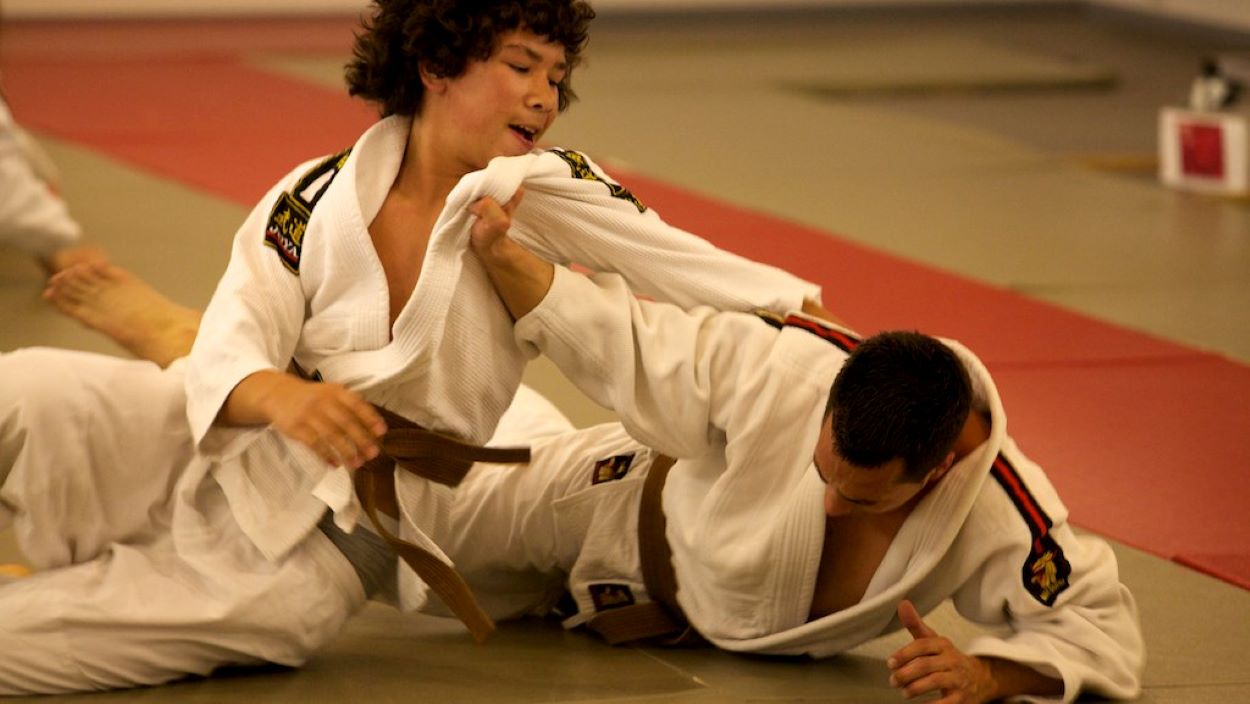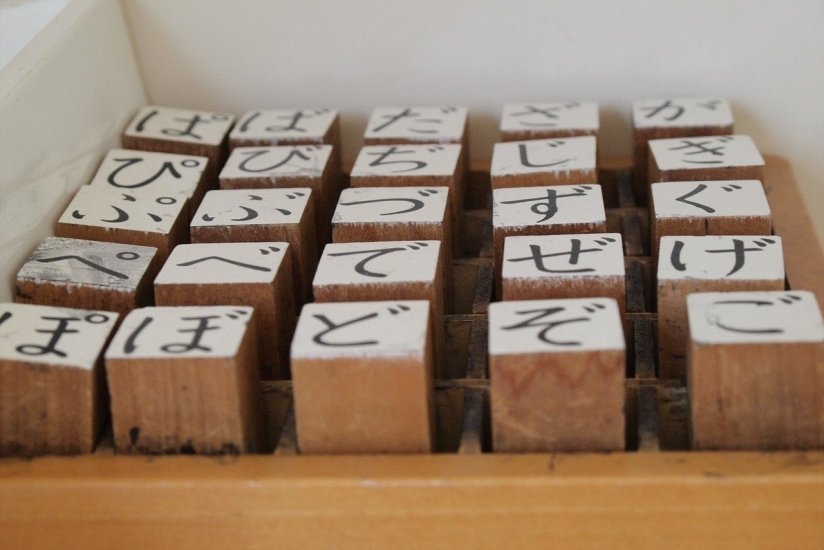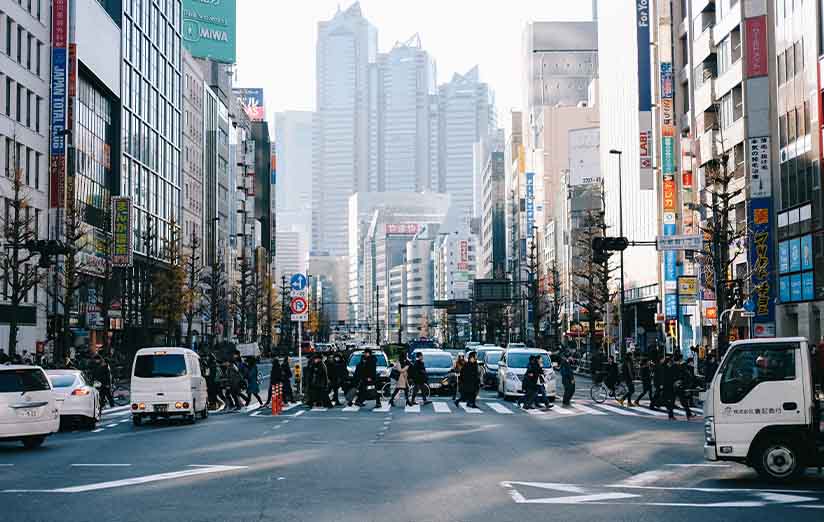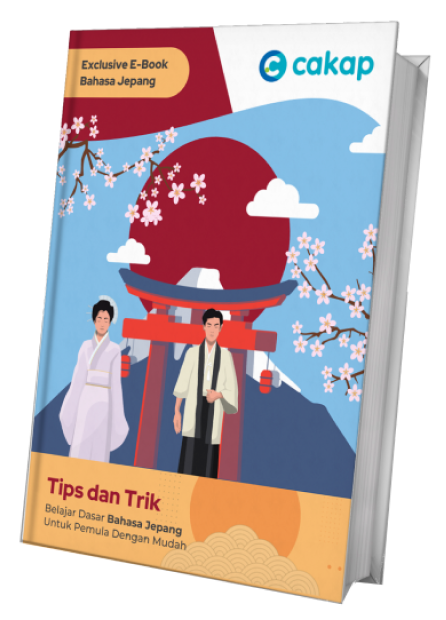Japan is a fascinating country in East Asia. Despite of its worldwide famous anime and hi-tech, the modern society still upholds tradition of their ancestors. Not a surprise to know that digging more about Japanese culture is always exciting.
No matter how modern Japanese people are, there is always space for culture and tradition. Japanese children learn culture from their parents as well as teachers, thus they grow up with a strong base of culture awareness. Traditional celebrations, sports, and cuisine also reflect the variety of culture in Japan.
Variety of Japanese Culture
It is a long story when it comes to talking culture in Japan. Early culture was strongly influenced by China. But during the Edo era, the country carried out a strict policy that isolated itself from outside world. At this point, Japan closed its door to any relationship, including cultural exchange with other countries. This step was taken to cultivate a distinct culture of Japan, at least until 1868.
After the Edo era fell in 1868, Japan turned back its practice and started to adopt cultural practices from around the world. This allowed Japan to mix the new culture with what they have during the Edo era. Through this time, foreign culture particularly Western culture started to penetrate all aspects of life in Japan, including lifestyle, food, and art.
Celebrations

Today, Japanese people are proud of their culture. One of the ways to show their pride as well as their effort to preserve the culture and tradition is by throwing out celebrations. Among the most famous celebrations in Japan are:
- Ganjitsu (元日) is the New Year celebration in Japan. Most businesses are closed until the first three days of January and Japanese people have various parties and traditions to celebrate Ganjitsu.
- Hinamatsuri(雛祭り), also called Doll’s Day or Girls’ Day is a girl’s festival that is held in March. This is the young girl’s favourite among other holidays. During this day, parents pray for success and happiness for their daughters. On the day of Hinamatsuri, peach blossoms and dolls are displayed in many houses.
- Showa No Hi(昭和の日), which is also known as Showa Day. As a part of Golden Week, Showa Day happens on April 29th. The day is then followed by a Golden Week celebration that combines national holidays: Constitution Day, Greenery Day, and Children’s Day.
Sports

Sports make a great contribution to the culture of Japan. There are various Japanese traditional sports such as judo, karate, and sumo.
As time goes by, Japan also adopt foreign sports such as baseball, rugby, and soccer which also become favorites of Japanese people.
is a sport primarily practised in Japan only. The sport was formed back during the Edo Era and it does not change a bit today. Meanwhile, karate is widely known throughout the world and has become one of popular martial arts around the globe.
Makin Gampang Belajar Bahasa Jepang, Daftar Cakap Sekarang!
Cuisine

Japanese are famous as fish eaters. Japan is the biggest fish importer worldwide, consuming approximately 12 per cent of total caught fish. Japanese cuisine also reflects its culture as fish eaters. The most popular dish is sushi, a traditional cuisine which serves fresh fish, lightly seasoned rice, and seaweed. However, the Japanese also eat chicken, beef, and pork in their diets.
The Distinct Japanese Language

Japan has a complex language, particularly when it comes to writing. Japanese writing uses kanji as well as two sets of kana.
- Kanji consists of thousands of characters, with only 2000 of them used in daily life.
- Hiragana consists of 46 characters and Katakana consists of 45 characters. It is not a surprise that Japanese children have to struggle to remember all the used characters.
Besides those three writings, Japanese also use Latin alphabet and Arabic numerals in daily life. Broadly speaking, Japanese language is an isolate language as it is unrelated to other language. Japanese also becomes one of major language in the world, with over 127 million speakers around the globe. Though, the language is primarily spoken in Japan and is not used in other nations as first or second language.
Japanese grammar is less complex than its writings. Basic Japanese grammar does not include gender articles, plural, and singular, allowing learners to easily understand the rules of Japanese grammar. Rules of conjugation for verbs and adjectives are also simple.
Culture of Japan is also reflected in its language. Japanese language knows levels of speech—different expressions and words used when talking to different person. Children use different expressions and words when talking to parents or older people as a way to show their respect. Japanese also knows keigo, a honorific language level that is commonly used in formal situations.
Superb Japanese Transportation

It never comes to an end talking about public transportation in Japan. Modern and highly developed public transport is another characteristic of Japan. Japanese people prefer using public transportations to private cars, helping the government control traffic as well as reduce air pollution. Some others choose to go on foot that supports healthy life.
Efficient public transportation network is available in Japan. The government has a commitment to provide quality public transportation that is characterized by its excellent service, punctuality, as well as sizeable crowds of people.
- Railways
Railways become the most popular public transportation in Japan. There are trains including Shinkansen, JR trains, and private lines. If you happen to visit Japan, experience Shinkansen is a must as it combines comfort and speed.
- Subway
Japan also provides subway that all major cities have their own lines. Subway is preferred as it is safe and punctual.
- Bus
You can also take bus in Japan. However, city buses are rarely used as the cities are connected with excellent and time-efficient rail network. But foreigners who want to enjoy the city may take night coach. Traveling by coach is somehow less expensive than using JR lines.
Despite of its highly developed technology and modern society, Japanese people do not leave their culture and tradition behind. The culture and set of customs they uphold distinct this country from others. This does not hinder them from moving forward, especially in technology as well as transportation.










